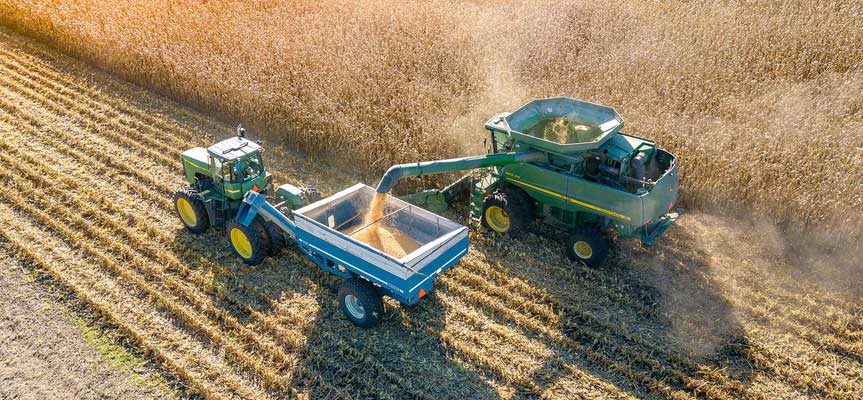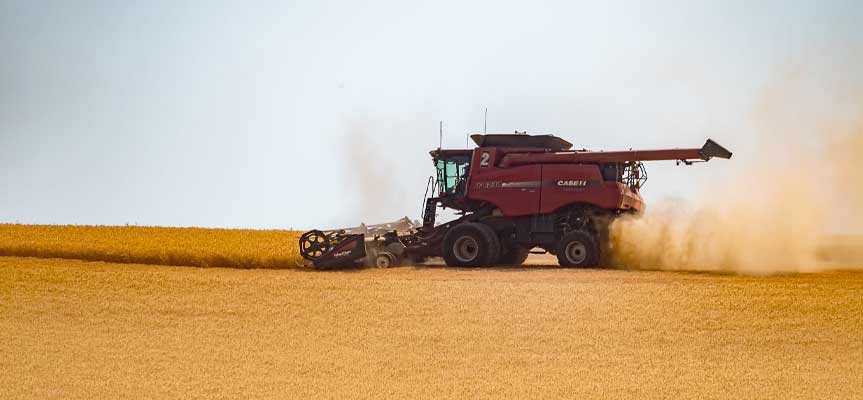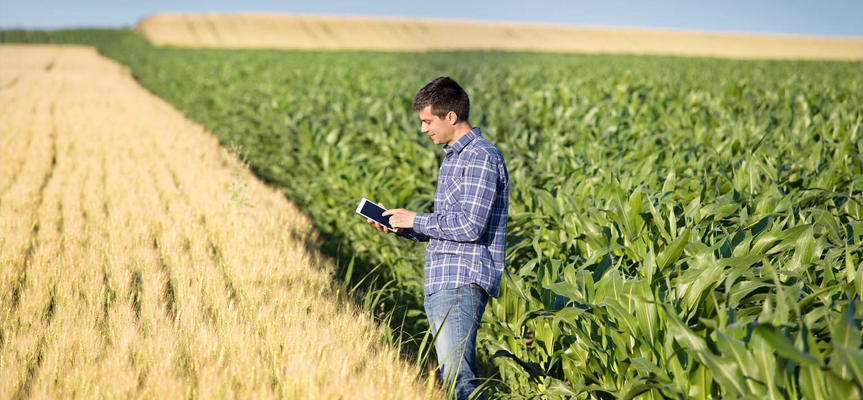If you still think agriculture is only about planting and harvesting, it’s time to shift your perspective. Today, the commercialization of agricultural products isn’t just an option—it’s a vital necessity for survival in the competitive global market. With population growth, rising global demand for healthy food, and shifting consumption patterns, farmers, entrepreneurs, and brands must move beyond traditional mindsets and step into the smart world of commercialization.
In this article, we’ll examine exactly how to build a sustainable and profitable path for agricultural business development using modern tools such as agricultural branding, agri-marketing, product export, and agricultural innovation.
What Does Commercialization of Agricultural Products Mean?
Commercialization means transforming a raw, local agricultural product into a competitive commodity in domestic and international markets. This process includes professional packaging, brand creation, marketing strategy development, target market selection, proper pricing, and entering distribution networks.
Why Is Commercialization Critical?
- Increases product value-added
- Enables sales in off-harvest seasons
- Reduces dependency on middlemen
- Opens access to export markets
Stages of Agricultural Product Commercialization
-
Market Analysis and Needs Assessment
The first step is to understand what the market demands. Is there domestic or international demand for your product? How are competitors performing? Market research is the most fundamental step in agricultural commercialization.
-
Producing Export-Quality Products
Without quality, there’s no chance in the global market. Use high-quality seeds, modern farm management, reduced pesticide use, and precise control over harvesting and storage processes.
-
Packaging and Processing
The role of packaging in agricultural commercialization is undeniable. Attractive and durable packaging not only increases shelf life but also elevates the product’s perceived value for the customer.
-
Branding Agricultural Products
Without a brand, your product is identity-less. A strong brand with visual identity, brand story, mission, and consistent voice can etch your product into customers’ minds.
-
Choosing Distribution and Sales Channels
Online agricultural sales, trade fairs, partnerships with supermarkets, rural markets, or exports—all are part of a comprehensive distribution strategy.
-
Agricultural Marketing Strategy
This is where you must shift from a farming mindset to a business mindset. Using modern agri-marketing methods such as digital marketing, influencer marketing, targeted advertising, and storytelling, you can reach your target market effectively.
-
Entering the Export Market
Exporting agricultural products requires permits, understanding customs regulations, translating documents, knowing target market preferences, and often obtaining international certifications such as GLOBAL GAP.

How to Turn Agriculture into a Business
Many farmers still view agriculture as a traditional job. However, with education, consultation, forming small local companies, and brand registration, it’s entirely possible to turn traditional farming into a modern and profitable business.
Ideas for Branding Rural Products
- Use of local and cultural symbols
- Telling the brand story from the farmer’s perspective
- Designing traditional-style packaging infused with innovation
- Including a QR code to provide farm and product quality info
How to Introduce Local Products to the Global Market
To go global, you must:
- Understand the dietary culture of the destination country
- Accurately translate product information
- Participate in international exhibitions
- Use platforms like Alibaba or Amazon
- Seek export consultation from reputable institutions such as the Grownida Innovation and Creativity Center
The Role of Innovation in Agricultural Commercialization
Innovation isn’t just about technology. Sometimes, a new method in packaging, harvest timing, or market targeting can significantly boost profitability.
Examples of Innovation:
- Using smart sensors in greenhouses
- Biodegradable packaging
- Direct-to-consumer sales through apps
- Smart drying and novel processing methods
Read more: Modern Wheat Farming
Export Strategy for Agricultural Products
- Identify target markets using tools like Google Trends or trade development organization data
- Set prices based on FOB and compare with competitors
- Use national branding for export (“Made in Iran”)
- Partner with reputable logistics companies
Expanding Agricultural Markets Through Technology
Expanding agricultural markets today is nearly impossible without technology. By leveraging:
- International B2B platforms
- Digitizing the supply chain
- Product traceability from farm to store
You can gain a significant competitive advantage.
Does Commercialization Require a Lot of Capital?
Not necessarily. Commercialization is a step-by-step process. You can start with small-scale production, use smart marketing to generate initial profit, and gradually expand. Many successful projects started with limited but creative budgets.
Producing Export-Quality Agricultural Products
Key Features:
- Product health certification
- Compliance with global food standards
- Accurate production and expiration dates
- Packaging durable for transportation
Online Sales of Agricultural Products
Today, online sales are an essential tool. Creating an e-commerce store or a professional social media page (e.g., Instagram) enables direct customer communication and cuts out intermediaries.
Business Development Consultation for Agriculture
If you lack commercialization experience, using consulting services from institutions like the Grownida Innovation and Creativity Center can reduce your risk and shorten the path.
Read more: The Most Profitable Agricultural Products

How to Build an Agricultural Brand
- Choose a short, registrable brand name
- Design a memorable logo
- Define the brand mission
- Register the brand through the Intellectual Property system
- Create a unique customer experience
Why Is Packaging Important in Product Sales?
Because it’s the first thing the customer sees. Good packaging:
- Builds trust
- Increases shelf life
- Strengthens brand identity
- Differentiates you from competitors
How to Globalize Agricultural Products
To go global, you must:
- Make your quality system internationally compliant
- Use modern technologies
- Implement multilingual digital marketing
- Attract foreign customers through exhibitions and websites
Know more: How to Find Customers for Export?
Conclusion
The opportunities for commercializing agricultural products in Iran—a country with abundant resources are vast. But these opportunities will only belong to those who have the courage to learn and change. Branding, innovation, strategic marketing, and smart export are the keys to entering the global market. If you want a piece of the multi-billion dollar global agriculture market, start today.
Frequently Asked Questions
What does commercialization of agricultural products mean?
It means turning raw agricultural products into market-ready goods through packaging, branding, marketing, and professional sales.
How can we turn farming into a business?
Through training, planning, brand registration, proper packaging, and using modern sales and marketing methods.
Which products are suitable for export?
Products such as pistachios, saffron, dates, pomegranates, apples, medicinal herbs, and dried vegetables.
How do we build an agricultural brand?
By choosing a name, designing visual identity, storytelling, official registration, and consistent activity in the target market.
Why is packaging important in product sales?
Because it builds customer trust, increases shelf life, conveys the brand message, and attracts the audience.


